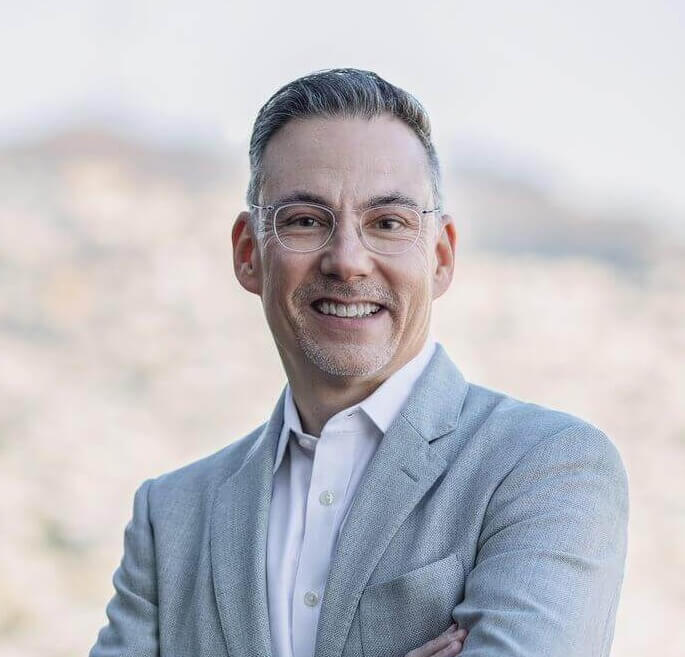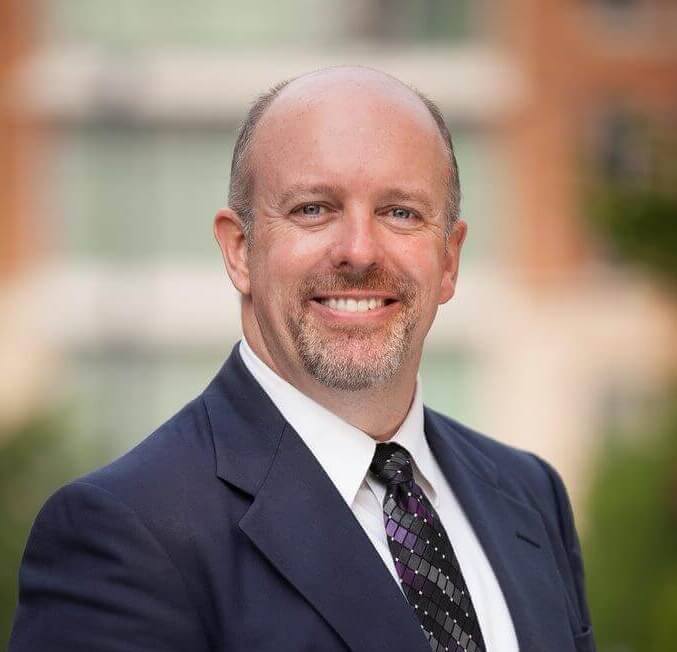Generational Alchemy: Turning Age Diversity into Organizational Gold

General: $20 | AIA Member: $10 | Student: $5
Harnessing generational diversity is crucial for organizational success. This session explores how generational perspectives shape work environments, influence decision-making, and impact business culture.
In this interactive session, we'll examine each generation's unique strengths and their shared desires which form the ‘elements’ of a Generational Alchemy. This Generational Alchemy becomes a filter to measure and discuss strategies to bridge generational gaps, fostering a more cohesive, engaged, and productive workplace. Whether you're an experienced executive or an emerging leader, you'll gain insights and methods to transform generational differences into catalysts for innovation and growth.
Prepare to challenge assumptions, gain fresh perspectives, and learn how to harness intergenerational dynamics to propel your organization forward.

Thomas Braham, FAIA, is the founder of BRAHAM, a consultancy helping architecture and design firms navigate the business of design. With decades of leadership experience, including 18 years at Gensler leading teams of 20-60, Tom blends creative problem-solving with strategic business insight. Known as the "voice of reason," he fosters talent, improves productivity, and drives innovation. A former AIA board member at chapter, state, and national levels, he actively shapes the profession’s future. His improv training at Chicago’s Second City adds a touch of humor and agility to his leadership style, creating a collaborative and dynamic work environment.

David Lewis Bradley, AIA PCC
Collaborator, BRAHAM, Inc.
Founder, Blueprint for Living Coaching
David collaborates with BRAHAM, bringing 30+ years of architectural experience and executive coaching expertise. As founder of Blueprint For Living Coaching, he helps design professionals unlock their potential, develop leadership skills, and build thriving firm cultures. His clients range from solopreneurs to C-suite leaders in top architecture firms. A dynamic coach, speaker, and mentor, David inspires excellence and transformation. An avid cyclist and Certified Rescue Diver, he has explored reefs worldwide. Fluent in German and conversational in French, he also dabbles in Swedish, Portuguese, and Swahili.
Tom and David have known each other for more than 20 years, first meeting through their work and individual presidencies of AIA Illinois. That professional relationship grew and evolved into what has now become a long-term collaborative relationship.
Learning Objectives (1.5 LUs)
- Identify key generational cohorts along with their defining characteristics.
- Analyze how different generational perspectives influence power dynamics and decision-making processes within organizations.
- Evaluate strategies for fostering effective intergenerational collaboration and two-way knowledge transfer.
- Unlock potential of intergenerational diversity as a strategic asset to enhance competitive advantage and drive business performance.
